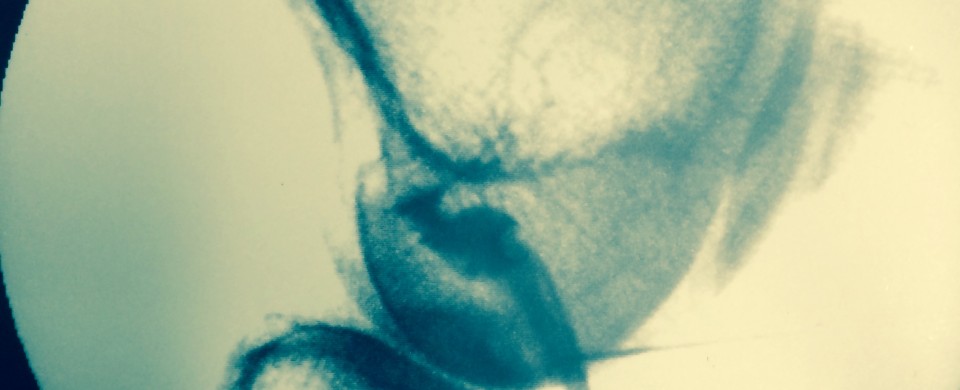When I tell my orthopedic surgeon friends that I do all my intra-articular injections, including knee injections, under fluoroscopy (a form of x-rays) they like to give me a hard time. Their comments go along the lines of:” well, if you cannot find the knee (the largest joint in the body) without x-rays, you shouldn’t be injecting it.” But, in my opinion, when you are injecting any structure in the body, to see where the needle is going is always better than not to see.
The truth is that even when you are injecting the biggest joints in the body, if you don’t use imaging guidance, you will miss the joint space in a significant percentage of cases. Several studies (see Study 1, Study 2, Study 3) have shown that even experienced doctors can miss the joint space 20-30% of the time when doing the injections without any type of image guidance (blind).
In the new area of biologics for orthopedic medicine; where platelet rich plasma (PRP), growth factors, and/or stem cells are injected to stimulate the body to heal its own tendons, ligaments, joints, or spinal discs, it is even more important to know where the needle is when doing injections. These new regenerative therapies require a larger degree of precision, as exact needle placement is imperative to achieve good results. This is why we do all our intra-articular and spine injections under fluoroscope, and we use ultrasound to guide the needle for all extra-articular injections into tendons, ligaments, etc. We have even developed special techniques to reach hard to reach or hard to image places inside the joints. The photograph above shows one of those techniques we use to image and inject the anterior cruciate ligament (ACL) inside the knee joint.
If doing injections under image guidance is better, why isn’t every doctor doing it that way? Because it takes more time to do it right, because it takes training and experience, and because it costs money to do the injections under guidance. Not every doctor wants to make a large investment to have a fluoroscope in the office. Not every doctor wants to invest time and money training in musculoskeletal ultrasound. Not every doctor wants to spend extra time doing the injections right. But, we do. And that is why we get better results with our regenerative therapies.
Now, even chiropractors are trying to join the trend of biologics treatments in orthopedics. Unfortunately, most of the time these procedures are being done blind, without imaging guidance, and by poorly trained physicians or physician assistants. If you are thinking about having a regenerative medicine procedure done, and are doing your research about different providers, make sure that the provider you are considering is has the necessary training and experience. Also, make sure that procedures are done with imaging guidance and that your provider is skilled in even the most advanced fluoroscopic and ultrasound guiding techniques.
Schedule a free consultation today to learn how regenerative treatment can help you manage your joint or spine pain.
To learn more about non-surgical alternatives to joint and spine surgeries go to: www.dontoperate.com .

